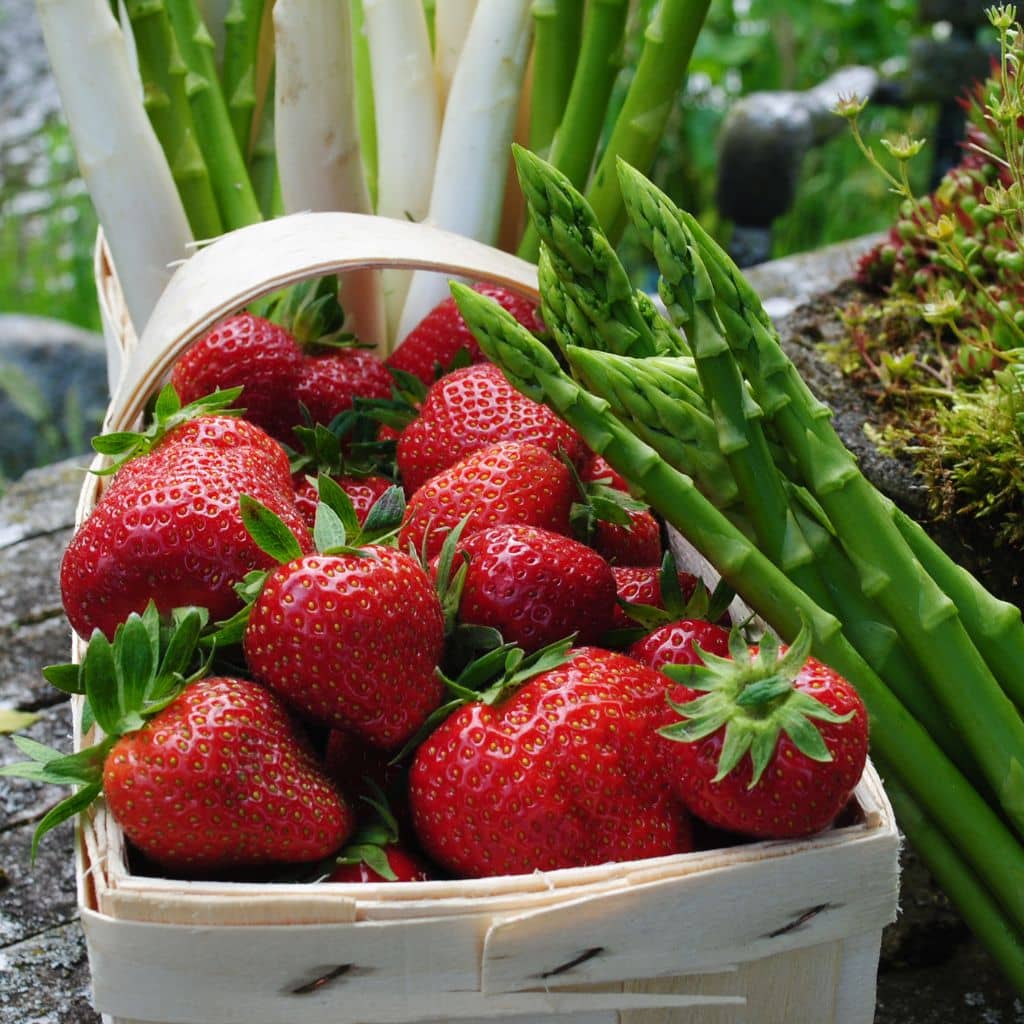The tobacco plant has long been used throughout history and for various purposes. Recently, the discovery of tobacco seeds in Utah meant that tobacco might have been used as far back as 12,300 years ago in North America, 9,000 years earlier than previously thought. Though hunter-gatherers mainly used it for food preparation, tobacco use has evolved since then. Nicotine’s presence in tobacco, used in cigarettes, cigars, and more, has made it an incredibly powerful plant worldwide. Medicinal uses for tobacco have also led to significant advances in the medical sector. Here is a guide to understanding the tobacco plant and nicotine use:The tobacco plant’s usesThe tobacco plant is one of the most influential plants in the world. Tobacco has been used for many things, primarily in producing tobacco products such as cigarettes, cigars, and chewing tobacco. Nicotine, naturally present in tobacco, is responsible for the “kick” whenever these products are used because it stimulates the body’s adrenaline. Nicotine is typically inhaled through the smoke from tobacco products like cigarettes, quickly reaching peak levels in the bloodstream. Cigars and smokeless tobacco products, on the other hand, deliver nicotine through the mucous membranes of the mouth.Besides smoking, the tobacco plant has also been used for medicinal purposes. It can help relieve allergic reactions, such as rashes and itching, and clear nasal passages. At the University of Queensland, tobacco is used to help create a drug intended to treat issues such as multiple sclerosis. Using plants like tobacco allows for the more sustainable creation of pharmaceuticals than industrial manufacturing methods. Tobacco is also used as medicine in areas such as the Peruvian Amazon, where it’s applied in liquid form to help treat mental illnesses.Using nicotine to quit nicotineThe presence of nicotine and the health impact of tobacco in products has led to health concerns regarding smoking. The public has been urged to quit or reduce their usage of cigarettes. Many options exist to help quit smoking, from reaching out to support systems to using mobile apps. Some use substances like cream of tartar; our post on “Cream Of Tartar (Potassium Bitartrate): Do Its Benefits Help Quit Smoking?” highlights that it’s believed to help flush nicotine out of the body. But to help with the adverse effects of quitting things like cigarettes, nicotine has also presented many opportunities to aid in smoking cessation.Nicotine replacement therapy (NRT) products help provide people with a dose of nicotine without the harmful effects of tobacco and smoke. They’re meant to gradually wean people off tobacco products and nicotine in general, curbing cravings and minimizing withdrawal effects. They come in various products, such as nicotine pouches, patches, gum, lozenges, inhalers, and more. Popular online seller Prilla showcases the wide array of nicotine pouches, in varying flavors and strengths, that appeal to users that enjoy different experiences and preferences. These range from the more unique flavors of ZYN, including coffee and cinnamon, to high strength pouches from HIT that reach 15mg. Users can enjoy a nicotine dose for up to an hour, minus the smoke and tobacco, by tucking them under the lip. Buying them online also makes accessing various brands and their products easier.Nicotine patches are another popular smoking cessation tool. These patches are stuck onto the skin and deliver a steady dose of nicotine for up to 24 hours. A discreet and long-lasting experience has made it one of the most sought-after quit-smoking solutions. According to one report, the nicotine patch market is set to see more growth in the coming years, witnessing an incremental growth of $400 million, which can be significant for major brands like GlaxoSmithKline, Novartis, Cigna, and Habitrol.Tobacco and its nicotine have been the subject of much concern and controversy throughout the years, but its use for medicinal purposes isn’t as well known. More exploration into the tobacco plant can present many opportunities for positive benefits in various ways.For more on supplements, herbs, and general health information, check out Medicinal Herbals for more guides and insights into these substances.

